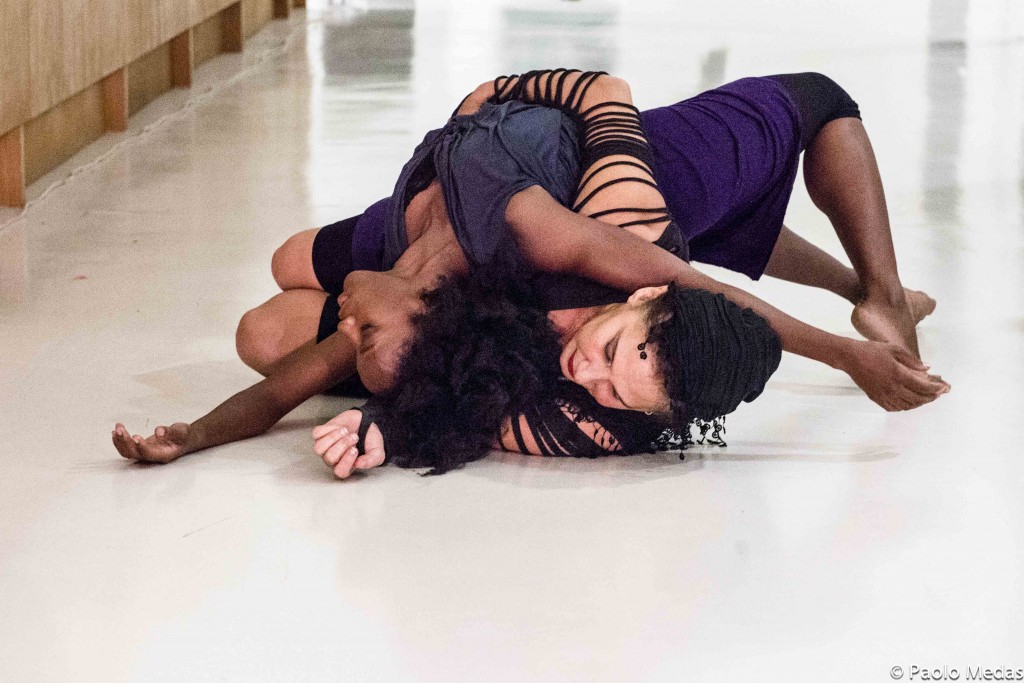Established in 1987, Signdance Collective (SDC) is an international dance music theatre company led by Deaf and physically disabled artists. SDC was established as a platform to further the artform signdance, which is a fusion of international sign language, dance, theatre and live music. The Company travels widely and incorporate influences from throughout the world. They also have an impressive track record when it comes to access, inclusion and cultural diversity. We spoke to Isolte Avila, Dance Director at SDC, to find out more about how the organisation has managed to embed these principles in their work.
Q. How does your organisation approach access and equalities?
Our equal opportunities policy has been central to the company since it was established in 1987. It continues to underline all aspects of our work, including production, management, touring and performance. It is important to us that no one person dominates the company policy or development and so we are continuously evaluating how we can ensure that participation in SDC is as diverse as possible. This applies to everyone: performers, managers and audience members.
Q. What was the biggest obstacle you faced?
It’s been difficult at times to work with organisations that think we need to conform to their way of doing things. We’ve had to persuade them that disabled artists can be successful in their own right and don’t need ‘strong’ non-disabled dancers in the performance. We believe that fragility is strength and beauty.
Q. What are you most proud of?
It’s wonderful that as the Company has grown we’ve not wavered from our original aim of being a diverse organisation. In fact, since 1987 this aim has grown and developed as we tour worldwide. It’s great that we are able to work with so many diverse artists from across the globe. We’ve performed in Austria, India, Slovakia and the USA to name a few countries! As a group of disabled, Deaf and culturally diverse artists, we are proud to show the world that diversity is beautiful. We are also particularly pleased that we are able to participate in emerging disability arts and tour within mainstream productions with equal success.
Q. How do you monitor the effectiveness of your policy?
We talk to our audiences and stakeholders, asking them directly. We also try to engage people openly in our work by sharing working processes with the public and holding open rehearsals.
Q. What advice would you give to other arts or cultural organisations?
Take risks! Just because something has been done in one way for many years it doesn’t mean it’s the only approach to take, or that it’s the right one. Mix up the programme. After all, it can be a bit boring to see the same type of people performing the same type of shows all of the time.
Many thanks to Isolte for sharing insights into Signdance Collective’s approach to diversity and equalities. To find out about future SDC Collective performances see their Facebook page or visit their website.
Main image credit: CAROVANA SMI/ Paulo Mecas.